5 Creative Uses of VR in the Medical Industry



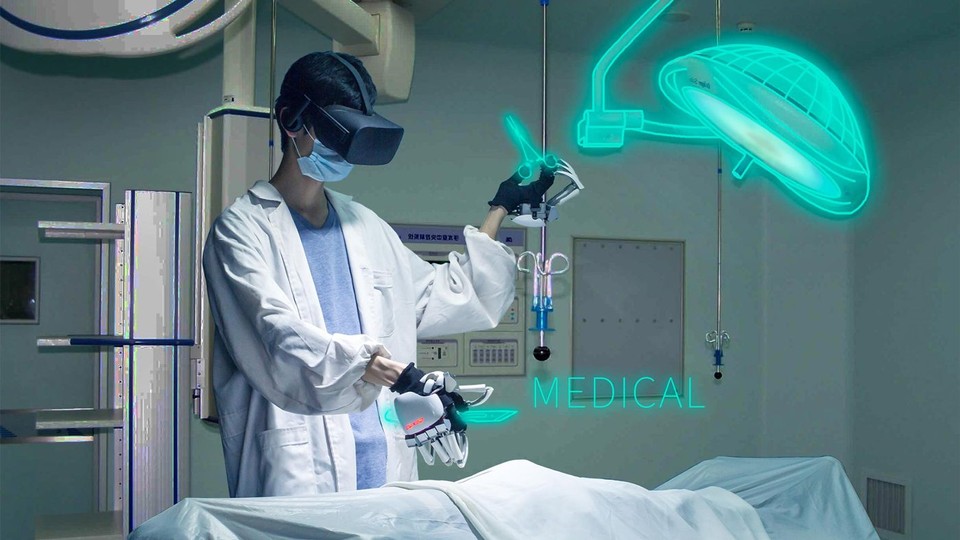
5 Creative Uses of VR in the Medical Industry
The use of VR in the medical industry has shown a lot of promise. Healthcare professionals are continuously finding new creative ways to better treat patients.
According to a new report by PwC the VR/AR healthcare market is estimated to boost global GDP by $350.9B USD in 2030. The current boost to global GDP is $11B, this would be close to a 35x increase in the next decade.
In this blog, we will cover 5 ways VR is being used in the medical industry to help people today.
Using VR Instead of General Anesthetics for Young Patients
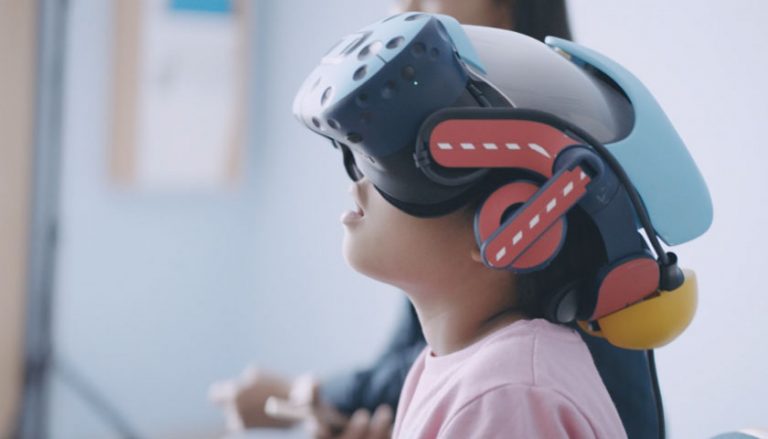
Image via: Ethical Marketing News
The Children’s Hospital Colorado is using VR instead of general anesthesia for painful procedures with young patients. Through the use of VR, children can be transported from their hospitals to a more calming environment. For example, patients suffering from burning pain are put into cold or chilling environments like oceans or snow.
These methods have made a huge difference in the way hospitals manage pain relief. Joe Albietz, a Medical Director at Children’s Hospital Colorado said they’re “seeing children who used to require general anaesthesia, [but are] now able to be fully awake with minimal medications."
In another study done by the Cedars-Sinai Medical Center they that found that self-reported pain scores on a scale of 1-10 dropped by 1.72 points through the use of VR. Surprisingly, VR was the most effective in patients suffering from severe pain. They reported a decrease in pain scores by 3 points.
Training Surgeons in VR
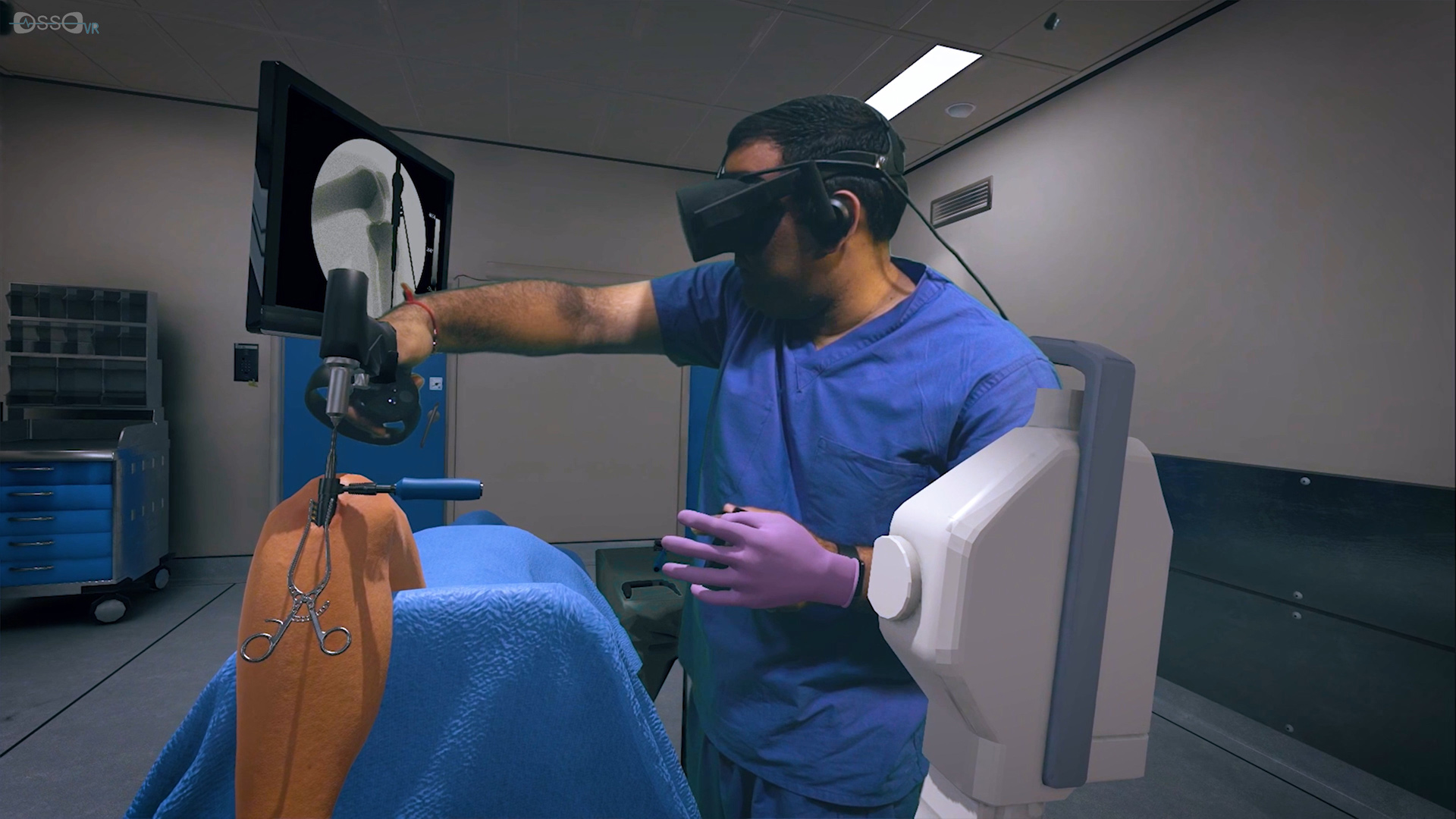
Image via: Osso VR
According to Justin Barad, the CEO of Osso VR, medical training and assessment hasn’t “been significantly improved in over 100 years.” He co-founded the surgical platform Osso VR to train surgeons more effectively using VR. It currently trains over 1,000 surgeons around the world every month.
Recent studies have shown that there is a dire need for more surgeons. By 2025 there will be a shortage of 34,000 to 88,000 surgeons. Proper training is crucial because it can be the difference between life and death in patients. VR gives surgeons the ability to practice high risk procedures.
With better training methods we can prevent complications from surgery and save the lives of patients.
Therapy in VR
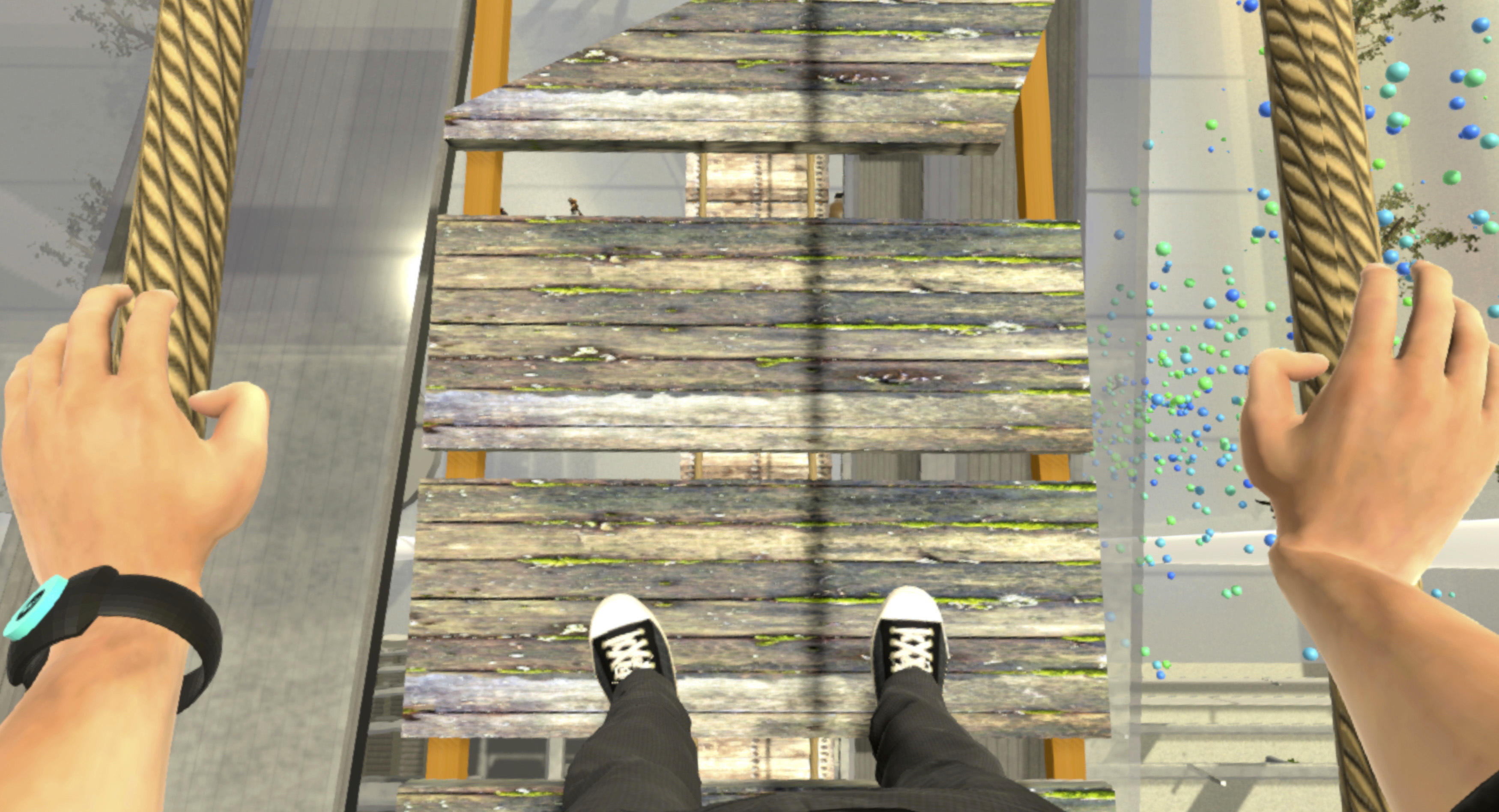
Image via: CBS News
VR has been found to treat a wide range of conditions including alcohol addiction, claustrophobia and depression. These conditions are treated with 2 types of exposure therapy:
- In Vivo Exposure: Brings patients into direct contact with situations or stimuli they’re afraid of. This is used to treat patients with phobias, OCD and other disorders.
- Imaginal Exposure: The use of imagination to help patients think about situations or objects that make them anxious.
Both of these treatments can be amplified using VR. For example, it’s not realistic to make patients repeatedly board planes to get them over their fear of flying. By creating the experience in VR they can control the stimuli and guide patients through treatment at their own pace.
VR can also help patients confront irrational fears by showing them there’s no real threat of danger.
VR for Diagnosing Alzheimer’s

Image via: Cats And VR
Alzheimer’s is a type of dementia that reduces the person's memory, thinking and behavior. It’s the 6th leading cause of death in the US and there are more than 5.8 million are living with it.
The first region of the brain affected by the disease is the entorhinal cortex. This is the part of the brain that helps people move around and not get lost. The Department of Clinical Neurosciences at the University of Cambridge developed a VR navigation simulation to test signs of dementia.
The results suggested a VR test of navigation may be better at identifying early Alzheimer's disease than tests we use at present in the clinic and in research studies," says Dennis Chan, Ph.D., who led the team.
VR for Rehab in Young Patients
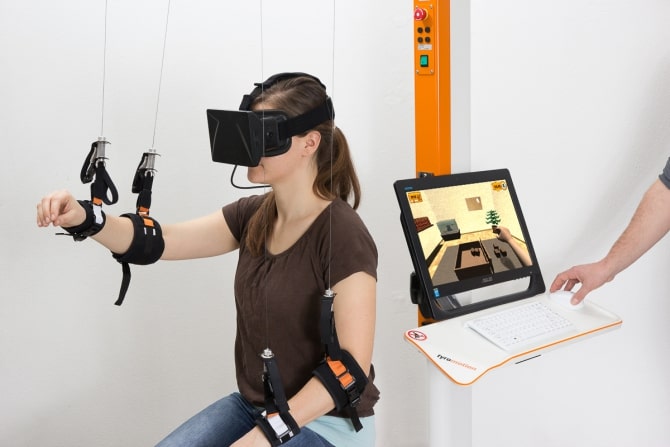
Image via: Program Ace
VR has shown a lot of promise in rehab. “The Vancouver Coastal Health Research Institute tested VR to see if they motivated patients with cerebral palsy to improve their motor learning.”
They used a method called “error augmentation” to encourage patients to move their weaker limbs. They visually changed the distance the weaker limb had to reach in VR. This triggered the brain to move the weaker limb as much as the stronger limb.
Results from the study showed that people suffering from paralysis could retrain their brain with VR. The designer of the study Leia Shum said “therapists can quantitatively control stimuli and set more concrete goals, even by phone or skype check-ins.”
Understand Patients Better With VR Analytics
VR in the medical field has shown to improve the quality of life and care for patients in many different areas. But implementing VR is only half of the equation You need analytics to receive actionable data on how to improve treatment and better understand patients.
This is where Cognitive3D comes in.
Get insights into:
- Eye tracking
- 3D Positioning
- Interactions
- Biometrics
We make it easy for you to start using VR analytics in your virtual treatments.
Our platform is headset agnostic and it supports a number of software engines including Unity, Unreal, C++ and JS.
This means you can simply install our SDK and connect your headset to receive analytics.
Other VR Industry Use Cases
How The Fortune 500 Are Using Virtual Reality In Education & Training
4 Enterprise Uses for VR in the Automotive Industry